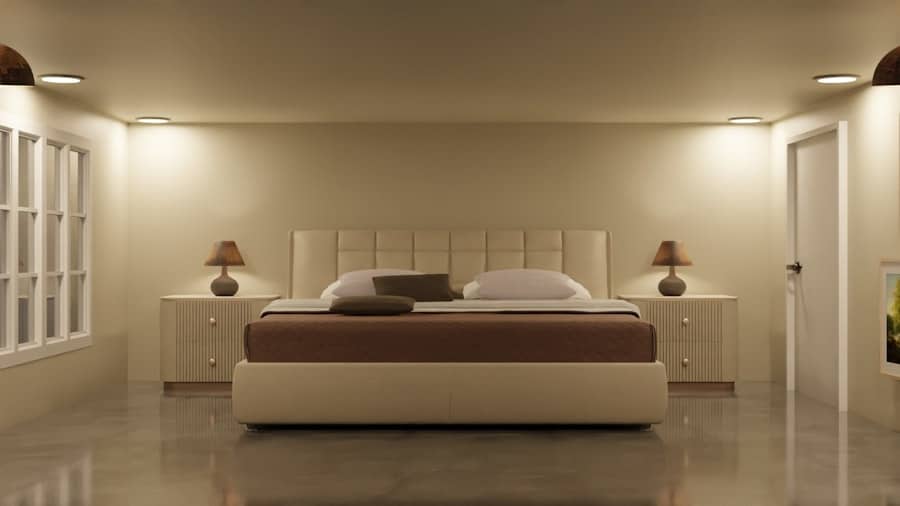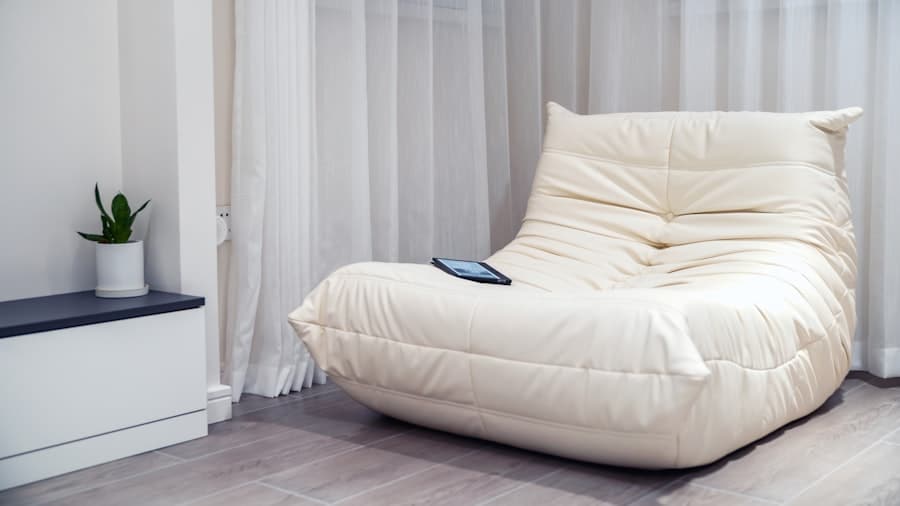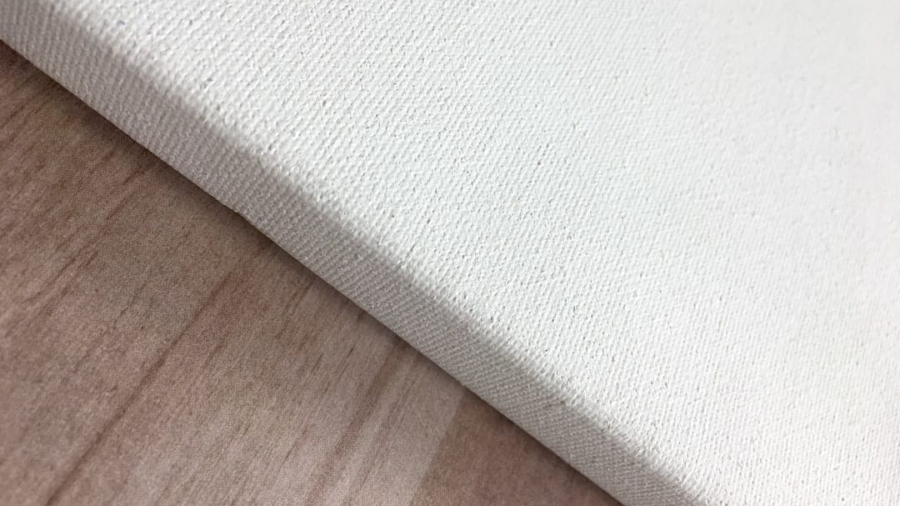The Internet of Things (IoT) has revolutionized various aspects of daily life, and one of the most intriguing applications is in the realm of sleep monitoring. As sleep is a fundamental component of human health and well-being, the integration of IoT technology into sleep tracking has opened new avenues for understanding and improving sleep quality. IoT sleep monitoring encompasses a range of devices and applications that collect data on sleep patterns, environmental factors, and physiological responses, providing users with insights that were previously unattainable.
This technology not only empowers individuals to take charge of their sleep health but also offers healthcare professionals valuable data for diagnosing and treating sleep-related issues. The rise of IoT sleep monitoring can be attributed to the increasing awareness of the importance of sleep in overall health. With the prevalence of sleep disorders such as insomnia, sleep apnea, and restless leg syndrome, there is a growing demand for effective solutions.
IoT devices, including smart mattresses, wearable trackers, and sleep apps, have emerged as innovative tools that facilitate real-time monitoring and analysis of sleep patterns. By leveraging advanced sensors and data analytics, these devices provide users with actionable insights that can lead to improved sleep hygiene and overall well-being.
Key Takeaways
- IoT sleep monitoring uses connected devices to track and analyze sleep patterns for better health and well-being.
- Benefits of IoT sleep monitoring include improved sleep quality, personalized sleep recommendations, and integration with smart home devices for better sleep environment.
- IoT devices track sleep patterns through sensors that monitor movement, heart rate, breathing, and environmental factors like light and noise.
- Personalized sleep recommendations are generated based on the data collected, providing insights and suggestions for improving sleep quality.
- Integration of IoT with smart home devices allows for automated adjustments to create an optimal sleep environment, such as adjusting lighting, temperature, and sound.
Benefits of IoT Sleep Monitoring
One of the primary benefits of IoT sleep monitoring is the ability to gather comprehensive data on an individual’s sleep patterns. Traditional methods of tracking sleep often rely on subjective reports or limited observations, which can lead to inaccuracies. In contrast, IoT devices utilize a variety of sensors to monitor factors such as heart rate, breathing patterns, and movement throughout the night.
This objective data collection allows for a more accurate assessment of sleep quality and duration, enabling users to identify specific issues that may be affecting their rest. Moreover, IoT sleep monitoring can facilitate personalized interventions. By analyzing the collected data, users can receive tailored recommendations that address their unique sleep challenges.
For instance, if a user consistently experiences disruptions during REM sleep, the device may suggest adjustments to their bedtime routine or environmental factors such as room temperature and lighting. This level of personalization enhances the effectiveness of sleep improvement strategies, making it more likely that individuals will achieve their desired outcomes.
How IoT Devices Track Sleep Patterns

IoT devices employ a variety of technologies to track sleep patterns effectively. Wearable devices, such as smartwatches and fitness trackers, often utilize accelerometers to monitor movement during sleep.
Additionally, many wearables incorporate heart rate monitors that provide insights into the user’s physiological state during different sleep stages. Non-wearable devices, such as smart mattresses and bed sensors, offer another approach to tracking sleep. These devices often use pressure sensors to detect movement and changes in body position throughout the night.
Some advanced models even include temperature regulation features that adjust based on the user’s preferences or detected body heat. By combining data from multiple sources—such as movement, heart rate, and environmental conditions—IoT devices can create a comprehensive picture of an individual’s sleep cycle, including light, deep, and REM sleep stages.
Personalized Sleep Recommendations through IoT
The ability to provide personalized sleep recommendations is one of the standout features of IoT sleep monitoring technology. After collecting data over time, these devices can identify patterns and trends in an individual’s sleep behavior. For example, if a user frequently wakes up during the night or struggles to fall asleep, the device may analyze factors such as bedtime routines, caffeine intake, or screen time before bed.
Based on this analysis, it can offer tailored suggestions aimed at improving overall sleep quality. In addition to behavioral recommendations, IoT devices can also suggest environmental adjustments. For instance, if a user’s data indicates that they tend to sleep better in cooler temperatures or darker environments, the device may recommend setting the thermostat lower or using blackout curtains.
Some advanced systems even integrate with smart home technology to automate these changes—adjusting lighting or temperature based on the time of day or the user’s specific preferences. This level of customization not only enhances the user experience but also increases the likelihood of achieving better sleep outcomes.
Integration of IoT with Smart Home Devices for Better Sleep
The integration of IoT sleep monitoring with smart home devices represents a significant advancement in creating an optimal sleeping environment. Smart home technology allows for seamless communication between various devices, enabling users to create a holistic approach to their sleep health. For instance, smart lighting systems can be programmed to gradually dim as bedtime approaches, signaling to the body that it is time to wind down.
Similarly, smart thermostats can adjust room temperature based on the user’s preferences or historical data indicating optimal sleeping conditions. Moreover, IoT-enabled white noise machines or sound systems can be synchronized with sleep monitoring devices to create a calming auditory environment conducive to rest. If a device detects that a user is experiencing restless periods during the night, it can automatically activate soothing sounds or white noise to help mask disruptive noises from outside or within the home.
This interconnectedness not only enhances comfort but also fosters an environment that supports healthy sleep patterns.
The Role of IoT in Sleep Disorders Management

Tracking Sleep Patterns and Diagnosing Sleep Disorders
For individuals suffering from conditions like obstructive sleep apnea (OSA), wearable devices equipped with pulse oximeters can track blood oxygen levels throughout the night. This information is invaluable for healthcare providers in diagnosing OSA and determining the severity of the condition.
Personalized Treatment Plans and Remote Monitoring
By having access to real-time data, doctors can make more informed decisions regarding treatment options such as continuous positive airway pressure (CPAP) therapy. Additionally, IoT devices can facilitate remote patient monitoring for those with chronic sleep disorders. Patients can share their sleep data with healthcare providers without needing frequent in-person visits.
Enhanced Patient Care and Accessibility
This ongoing communication allows for timely adjustments to treatment plans based on real-time feedback from the patient’s condition. Furthermore, some IoT platforms offer telehealth services that enable patients to consult with specialists from the comfort of their homes, making it easier for individuals with mobility issues or those living in remote areas to access care.
Privacy and Security Concerns with IoT Sleep Monitoring
While the benefits of IoT sleep monitoring are substantial, they are accompanied by significant privacy and security concerns that must be addressed. The collection and storage of sensitive health data raise questions about how this information is used and who has access to it. Many users may not fully understand the implications of sharing their sleep data with third-party applications or companies that manufacture these devices.
There is a risk that personal information could be misused or inadequately protected against cyber threats. To mitigate these concerns, manufacturers must prioritize robust security measures in their devices and applications. This includes implementing encryption protocols for data transmission and storage as well as ensuring compliance with regulations such as the Health Insurance Portability and Accountability Act (HIPAA) in the United States.
Users should also be educated about best practices for protecting their data, such as regularly updating passwords and being cautious about granting permissions to applications that request access to their health information.
Future Trends in IoT Sleep Monitoring Technology
As technology continues to evolve, so too will the capabilities of IoT sleep monitoring devices. One promising trend is the integration of artificial intelligence (AI) into these systems. AI algorithms can analyze vast amounts of data collected from users over time to identify patterns that may not be immediately apparent through traditional analysis methods.
This could lead to even more personalized recommendations and interventions tailored specifically to individual needs. Another exciting development is the potential for enhanced biometric tracking through advanced sensors embedded in wearables or bedding materials. Future devices may be able to monitor additional physiological parameters such as skin temperature variations or even brainwave activity during different stages of sleep.
This level of detail could provide unprecedented insights into how various factors influence sleep quality and help refine treatment approaches for those with chronic sleep issues. Furthermore, as smart home technology continues to advance, we may see even greater integration between IoT sleep monitoring devices and other aspects of home automation. Imagine a scenario where your home environment adapts automatically based on your unique sleep patterns—adjusting lighting, temperature, and even air quality in real-time to create an optimal sleeping environment tailored just for you.
In conclusion, IoT sleep monitoring represents a significant leap forward in our understanding and management of sleep health. With its ability to provide detailed insights into individual sleep patterns and facilitate personalized interventions, this technology holds great promise for improving overall well-being while addressing common sleep disorders effectively. As we navigate privacy concerns and embrace future innovations in this field, it is clear that IoT will play an increasingly vital role in shaping how we approach our nightly rest.
If you’re interested in learning more about the latest technology trends, you should check out TheNextWeb. This website offers valuable insights into the world of technology, including how IoT is revolutionizing various industries. In a similar vein, TechRepublic provides IT decision-makers with the tools they need to identify and implement new technologies.
FAQs
What is IoT?
IoT stands for Internet of Things, which refers to the network of physical devices, vehicles, home appliances, and other items embedded with electronics, software, sensors, actuators, and connectivity which enables these things to connect and exchange data.
How does IoT enhance sleep monitoring?
IoT enhances sleep monitoring by using various devices such as smart mattresses, sleep trackers, and wearable devices to collect data on sleep patterns, body movements, and environmental factors. This data is then analyzed to provide insights into sleep quality and recommendations for improvement.
What are the benefits of using IoT for sleep monitoring?
The benefits of using IoT for sleep monitoring include the ability to track and analyze sleep patterns in real-time, receive personalized recommendations for improving sleep quality, and the potential for early detection of sleep disorders.
What are some examples of IoT sleep monitoring devices?
Examples of IoT sleep monitoring devices include smart mattresses that track sleep patterns and adjust firmness, sleep trackers that monitor body movements and sleep stages, and wearable devices such as smartwatches that measure heart rate and provide sleep insights.
How does IoT provide sleep recommendations?
IoT provides sleep recommendations by analyzing the data collected from sleep monitoring devices and identifying patterns and trends in sleep quality. This data is then used to generate personalized recommendations for improving sleep, such as adjusting bedtime routines or making changes to the sleep environment.

